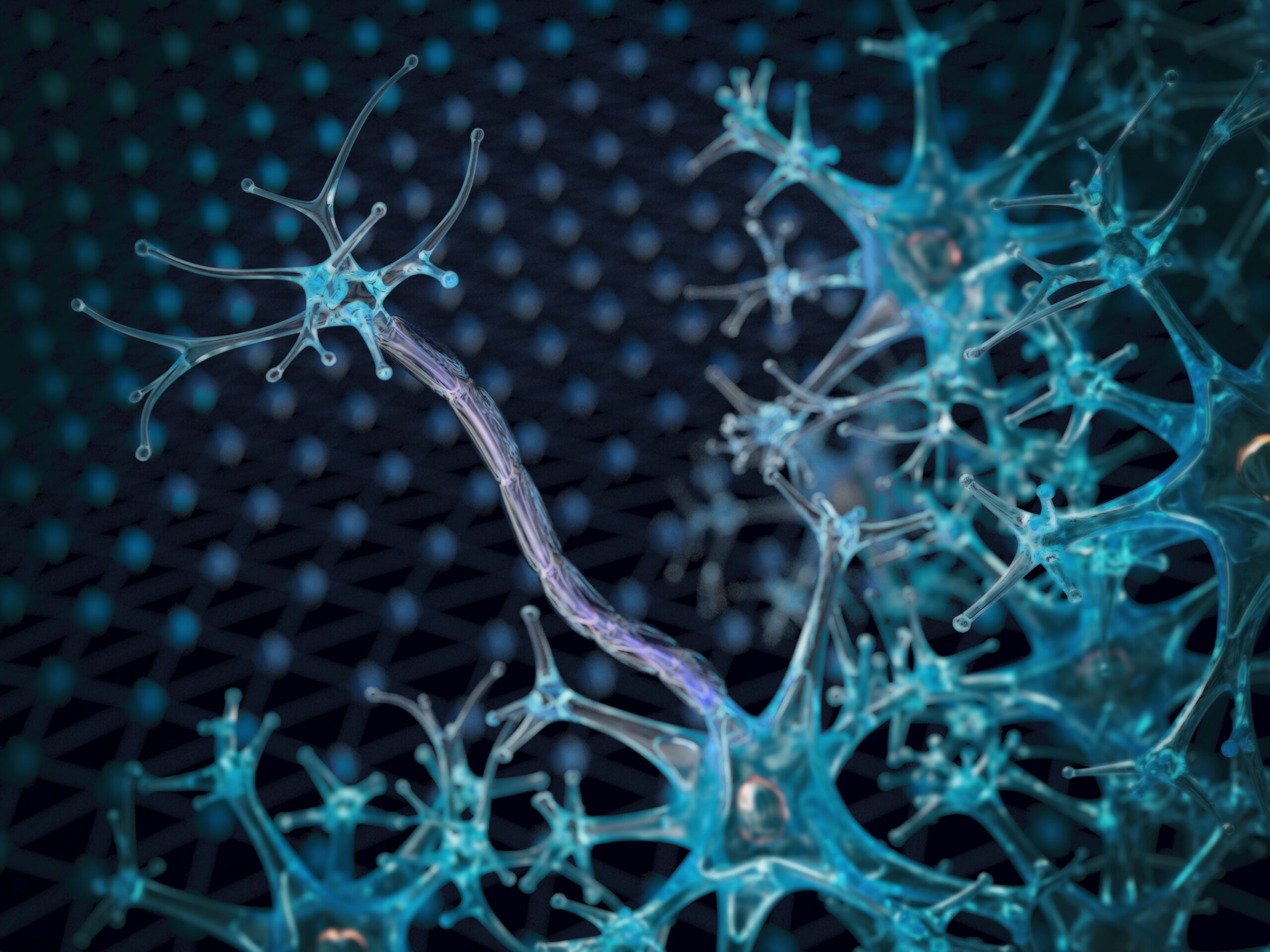The diagnosis of schizophrenia is subject to constant change.
The most prominent example is DSM-5, which was published in May 2013 and already triggered a controversial discussion about psychiatric diagnoses per se in the run-up, which continues unabated until today (see e.g. NZZ am Sonntag, 12.1.2014). The basic problem is that diagnoses are categorical concepts that attempt to group a dimensional spectrum of symptoms into coherent groups. Since robust, reliable, and specific biomarkers do not exist for schizophrenia or most other mental disorders, diagnosis is still based almost exclusively on clinical history and psychopathological findings. It goes without saying that these sources of information are subject to a certain degree of subjectivity. It goes without saying, however, that this is not specific to psychiatry, but applies to medicine in general, even if “objective” apparative diagnostic procedures often pretend to be too absolutely objective.
Since the introduction of neuroleptics in the mid-1950s, treatment options for schizophrenia have improved dramatically. Unfortunately, the favorable treatment outcomes were limited by frequent and sometimes disabling and stigmatizing side effects, especially extrapyramidal syndromes. In addition, first-generation neuroleptics are efficient for productive psychotic symptoms but less so for the so-called negative or minus symptoms, which are particularly deleterious for social functioning in many patients. The newer generation of antipsychotic drugs, the atypical neuroleptics, have largely solved the problem of neurological side effects. Also, these drugs act somewhat more favorably in terms of minus symptomatology. However, many members of this class exhibit a tendency toward metabolic problems and weight gain, posing new challenges for the clinical practitioner or a patient’s personalized therapy.
The current CME focus on “Schizophrenia” in this issue refers to two particularly important and challenging aspects in the management of this disorder: early detection or diagnosis and long-term treatment. We are convinced that in these two articles you will find important information that is helpful in everyday clinical practice on how to deal with this challenge. We wish you an exciting read!
Prof. Dr. med. Erich Seifritz
Prof. Dr. med. Barbara Tettenborn
InFo Neurology & Psychiatry 2014; 12(1): 3.












